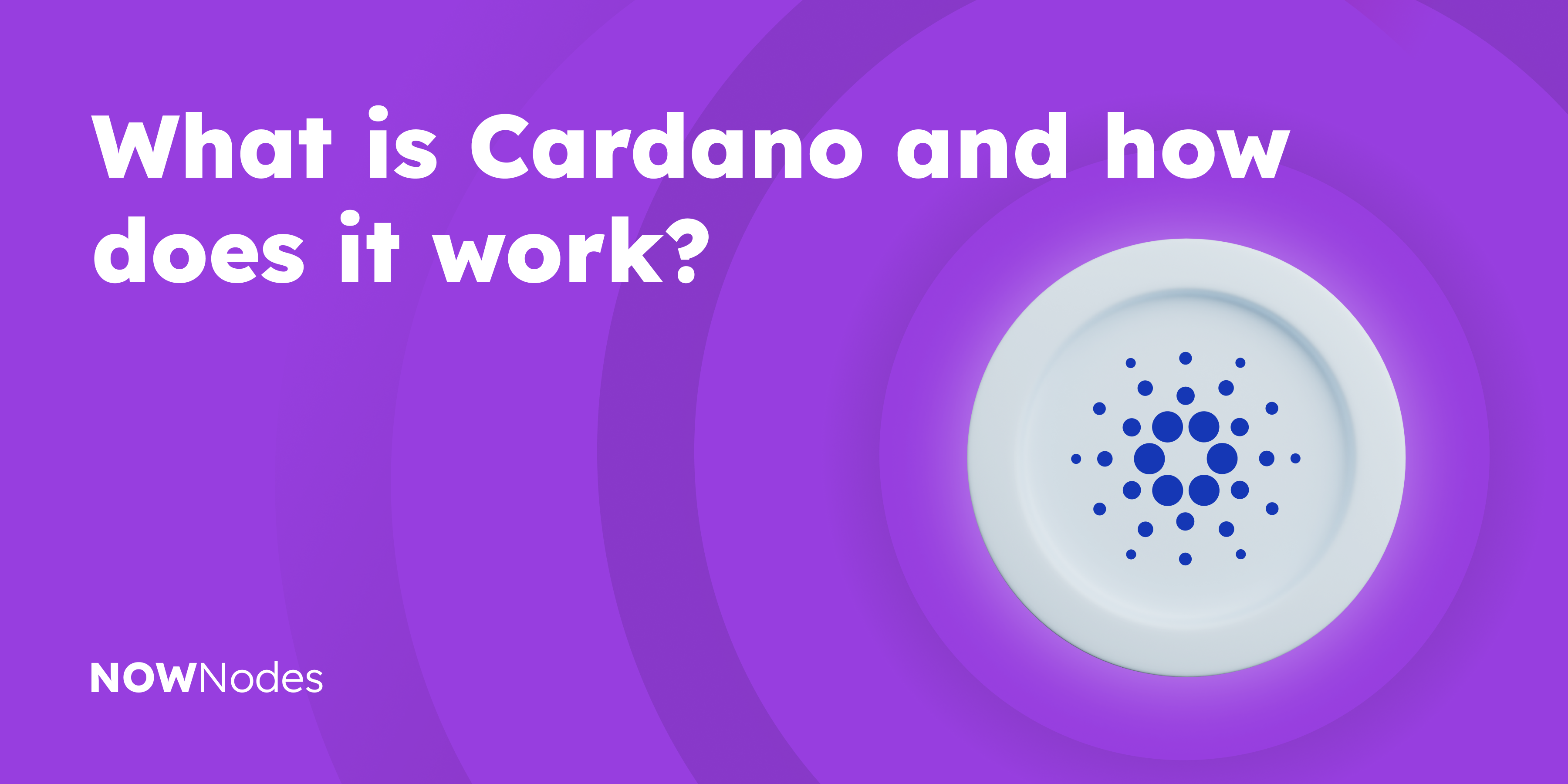Cardano is more than just a cryptocurrency- it’s a next-generation blockchain platform built for high-assurance applications, scalable infrastructure, and real-world decentralized deployment. Unlike earlier blockchains, ADA is grounded in peer-reviewed academic research, designed for sustainability, and engineered with modular architecture that appeals directly to developers and infrastructure providers.
What Is Cardano?
Cardano is an open-source, proof-of-stake blockchain platform purpose-built for decentralized application development, smart contracts, and scalable infrastructure. In other words, it is the first blockchain developed through academic research and formal methods, offering unparalleled reliability and security.
Key characteristics of ADA include:
- Layered architecture for flexibility and upgradability
- Formal verification via Haskell and Plutus, reducing critical bugs
- Energy-efficient consensus using Ouroboros proof-of-stake
- Deterministic execution through the Extended UTXO model
- Support for enterprise use cases, government integrations, and regulated environments
In this case, Cardano is not just a platform for launching tokens- it’s a foundation for building production-grade blockchain systems that scale efficiently and evolve with governance.
What Layer Is Cardano?
Cardano is architected as a layered blockchain, separating concerns between value transfer and computation:
- Cardano Settlement Layer (CSL): Handles ledger balances, token transfers, and staking.
- Cardano Computation Layer (CCL): Manages smart contracts, on-chain logic, and dApp execution.
This design supports cleaner upgrades, modular infrastructure development, and performance tuning at the individual layer level- making it ideal for infrastructure providers offering API access, hosted nodes, or monitoring services.
Does Cardano Have Smart Contracts?
Yes, Cardano has full smart contract support, introduced through the Alonzo upgrade. Moreover, these contracts run on the Plutus platform, a Haskell-based smart contract language optimized for correctness, auditability, and deterministic behavior.
The key benefits of ADA smart contracts include:
- High assurance through strong typing and formal semantics
- Secure execution on the Extended UTXO (EUTXO) model
- On-chain and off-chain components, enabling modular contract deployment
For developers and node operators, this means smarter scaling, fewer runtime surprises, and more predictable infrastructure behavior.
How to Make Cardano Smart Contracts
Creating smart contracts on ADA involves a development workflow built around Plutus, Marlowe, and CLI tools:
- Write contracts in Plutus (for general logic) or Marlowe (for financial apps).
- Simulate and test using Plutus Playground or local dev environments.
- Compile and deploy using the ADA CLI or frameworks like Mesh and TxPipe.
- Integrate with nodes and monitoring layers to track on-chain contract performance.
Unlike Ethereum’s account model, Cardano’s EUTXO model enables deterministic transactions and cleaner state handling-essential for critical infrastructure.
How Cardano Proof of Stake Works
Cardano’s consensus algorithm, Ouroboros, is a pioneering proof-of-stake (PoS) protocol designed to be both secure and energy-efficient.
Here’s how it works:
- Slot leaders are chosen based on stake and random selection.
- Stake pool operators (SPOs) run nodes that validate and produce blocks.
- Delegators stake ADA to pools and earn rewards without giving up custody.
For node providers, running a stake pool is a high-availability, mission-critical role with strong incentives. To sum up, Cardano’s PoS model is designed to encourage decentralization, community participation, and long-term network sustainability.
Who Uses Cardano?
ADA is increasingly attracting Web3 developers, dApp teams, and blockchain innovators seeking a secure, scalable, and low-fee environment for building decentralized products. However, from DeFi protocols and NFT marketplaces to identity solutions and DAO tooling, ADA offers the performance and formal guarantees needed for long-term viability. Its deterministic execution model (EUTXO), low energy usage, and growing ecosystem of tools make it an ideal platform for projects that prioritize reliability and composability.
How to Access Cardano Infrastructure
Building on Cardano no longer requires maintaining your own full node or setting up a complex backend. With NOWNodes, developers can instantly access ADA mainnet and testnet infrastructure through high-availability RPC endpoints and blockchain APIs.
With NOWNodes, you get:
- Instant access to ADA blockchain data (blocks, transactions, addresses)
- Powerful blockchain API support and 99,95% uptime
- 24/7 uptime on fully managed ADA full nodes
- No need to worry about updates, sync times, or server costs
This lets your team focus on building smart contracts, launching dApps, and shipping features—without the operational overhead of running infrastructure.
Who Created Cardano?
Cardano was created by Charles Hoskinson, a co-founder of Ethereum. The project is driven by three organizations:
- IOHK (Input Output Global) – the R&D engine behind ADA.
- Cardano Foundation – responsible for community governance and ecosystem growth.
- EMURGO – the commercial arm promoting ADA adoption in enterprise and finance.
Cardano’s development process is unique- governed by peer-reviewed research, formal verification, and a long-term vision for public digital infrastructure.
What Is the Future of Cardano?
Cardano’s roadmap is structured into five eras, with major innovation still unfolding:
- Hydra Protocol – A layer-2 scaling solution offering sub-second finality and high throughput.
- Voltaire Governance – On-chain proposals, voting, and treasury funding to make Cardano fully decentralized.
- Sidechains & Interoperability – Projects like Midnight (privacy) and Milkomeda (EVM compatibility) expand Cardano’s ecosystem horizontally.
For infrastructure providers, this future means more dApps, more traffic, and more opportunity. Whether you’re running a full node, building dev tools, or supporting smart contract deployment, Cardano offers a powerful foundation for growth.
Final Thoughts
So, what is Cardano? It’s a secure, scalable, and academically-driven blockchain designed not just to host dApps—but to serve as the infrastructure for an open, decentralized world.
Whether you’re exploring how Cardano proof of stake works, how to make Cardano smart contracts, or looking to operate mission-critical nodes- this platform offers a compelling blend of security, flexibility, and long-term viability.
Moreover, if you’re looking to integrate Cardano into your project without managing your own node infrastructure, NOWNodes provides instant access to the Cardano mainnet and testnet via powerful APIs and fully managed full nodes- so you can focus on building.
For updates, best practices, and direct assistance from our team, feel free to join the conversation or reach out through our support: Join our Telegram support chat – we’re here to help you launch and scale your Cardano-powered project.



